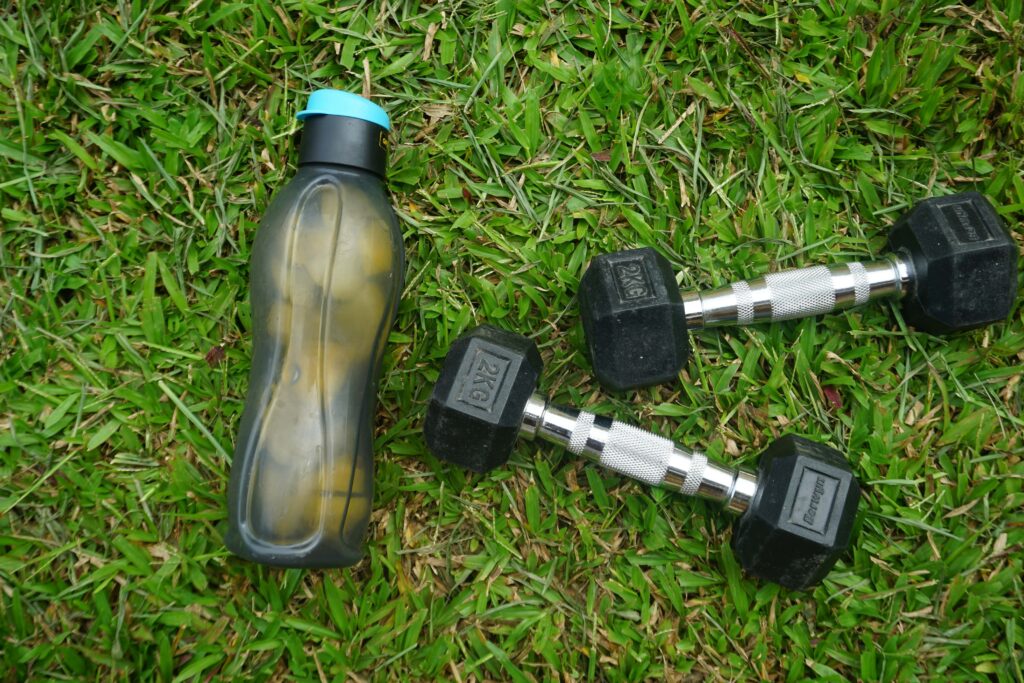Now Reading: Weightlifting and Addiction Recovery: Building Strength for Sobriety
-
01
Weightlifting and Addiction Recovery: Building Strength for Sobriety
Weightlifting and Addiction Recovery: Building Strength for Sobriety

Addiction recovery is a deeply personal and challenging journey. Many people turn to therapy, medication, or support groups to heal emotionally and physically. But another powerful tool often overlooked is fitness—specifically, weightlifting. In this article, we explore how weightlifting and addiction recovery go hand in hand and why building physical strength can help support lasting sobriety.
The Link Between Physical and Mental Health
Research shows a strong connection between physical activity and mental health. Exercise releases endorphins, the body’s natural feel-good chemicals, which can reduce depression and anxiety—two common emotions during early recovery.
According to the National Institute on Drug Abuse, relapse rates can be as high as 40% to 60% for individuals in recovery. Structured physical activity like weightlifting may reduce this risk by offering a healthy outlet for stress and emotions .
Why Choose Weightlifting?
Unlike cardio or yoga, weightlifting offers a unique sense of empowerment. It promotes physical strength, improves posture, and builds resilience. For someone in recovery, lifting weights can be symbolic—it mirrors the emotional and mental strength they’re also rebuilding.
Tangible Progress
Weightlifting provides clear and measurable progress. Whether it’s lifting five more pounds or doing one more rep, each small gain boosts self-esteem. In a time when many people feel lost or discouraged, these little wins matter.
Structure and Routine
Consistency is key in recovery. Weightlifting usually follows a set schedule—specific days for training different muscle groups, rest periods, and goals. This structure helps reduce chaos, a common issue in early recovery stages.
How Weightlifting Supports Addiction Recovery
Reduces Cravings
Exercise, especially resistance training, reduces cravings by increasing dopamine levels. A 2014 study published in Psychopharmacology found that resistance exercise significantly decreased cravings and withdrawal symptoms in people recovering from substance use disorders .
Improves Sleep
Poor sleep is a major trigger for relapse. Weightlifting, particularly when done earlier in the day, helps regulate sleep patterns. Improved rest leads to better emotional regulation and decision-making.
Boosts Confidence and Self-Worth
Addiction often leaves individuals feeling powerless. Rebuilding the body through strength training helps rebuild identity and confidence. The ability to lift more or feel stronger after weeks of training reinforces the belief: I am capable. I am improving.

Building a Safe Weightlifting Routine in Recovery
Jumping into an intense program can backfire, especially if your body is still healing from years of substance misuse. It’s best to start slow and focus on proper form and consistency.
Work with a Trainer or Join a Program
Seek out gyms that offer programs tailored to individuals in recovery. These environments are often more understanding and less judgmental.
Focus on Compound Movements
Begin with exercises like squats, deadlifts, bench presses, and rows. These movements target multiple muscles, improve functional strength, and boost metabolism.
Track Your Progress
Use a notebook or an app to log sets, reps, and how you feel. Tracking progress can be a great motivational tool and helps you identify patterns in your mood or energy levels.
Integrating Mindfulness into Strength Training
Mind-body connection plays a key role in both fitness and recovery. Practicing mindful weightlifting—focusing on breath, form, and movement—can turn your sessions into meditative experiences.
For example, take a moment before each lift to ground yourself. Focus on the movement, your muscles working, and your breathing. This not only reduces the risk of injury but also builds awareness—an essential skill for managing cravings and emotional triggers.
Community and Accountability
One of the biggest benefits of integrating weightlifting into addiction recovery is the sense of community. Whether it’s through a gym buddy, support group, or a trainer, these relationships foster accountability and encouragement.
Many cities now offer fitness-based recovery groups such as Phoenix Multisport or sober gyms where people recovering from addiction train together and support each other through both lifting and life.
Real-Life Stories
Take Tom, a recovering alcoholic who started lifting weights during outpatient treatment. He credits strength training with helping him stay sober for over three years.
“When I felt the weight in my hands, I felt my purpose returning. It was the one thing I could control when everything else felt out of reach.”
Such stories highlight the transformative power of weightlifting and addiction recovery.
Conclusion
Healing from addiction takes more than just willpower—it requires holistic strategies that support the body, mind, and soul. Weightlifting provides not only physical benefits but also emotional and psychological growth. It builds confidence, structure, and a healthy outlet for pain and stress.
If you or someone you know is in recovery, consider adding strength training to your toolkit. Weightlifting and addiction recovery truly can go hand in hand—one rep, one day at a time.
References:
- National Institute on Drug Abuse (NIDA). “Principles of Drug Addiction Treatment.” https://www.drugabuse.gov
- Roessler, K. (2014). “Exercise treatment for drug abuse—a Danish pilot study.” Scandinavian Journal of Public Health, https://doi.org/10.1177/1403494813510795

Kevin Fletcher is a seasoned writer with over 10 years of experience crafting engaging and informative content in the health, fitness, and wellness industries. Passionate about helping readers live healthier lives, Kevin combines research-backed insights with practical tips to inspire positive change.

























